The Air Still Hangs There
The floor tiles inside Green Tree Mall hold a certain kind of echo, footsteps that stretch and soften in the wide corridors, the way sound moves through spaces built for crowds that don't always come.
Some storefronts have been here since the beginning, their metal grates and glass fronts unchanged. Others cycle through names every few years, bright signs buzzing under drop ceilings.
At 794,000 square feet, Green Tree Mall has changed owners more than once, but the air itself feels constant.
The air-conditioning runs its steady cycle, and that particular mall music, instrumental versions of songs you almost recognize, plays on repeat somewhere above the ceiling tiles.
Green Tree Mall still shows up when people search for things to do in Clarksville, Indiana, though fewer people walk these halls than the architects probably imagined.
Retail Groundbreaking and Opening Leases
Sears opened its doors first on September 29, 1966, two full years before the rest of Green Tree Mall filled in around it.
JCPenney followed in 1968, launching alongside a Danners dime store and Ben Snyder's. Those were the four early tenants shaping Clarksville's first enclosed shopping plaza, and they drew from across southern Indiana and neighboring Louisville.
The mall's name came from a tree, real and local. A boundary marker, large and aged, that once stood where the buildings rise now. It was local shorthand, not a branding ploy.
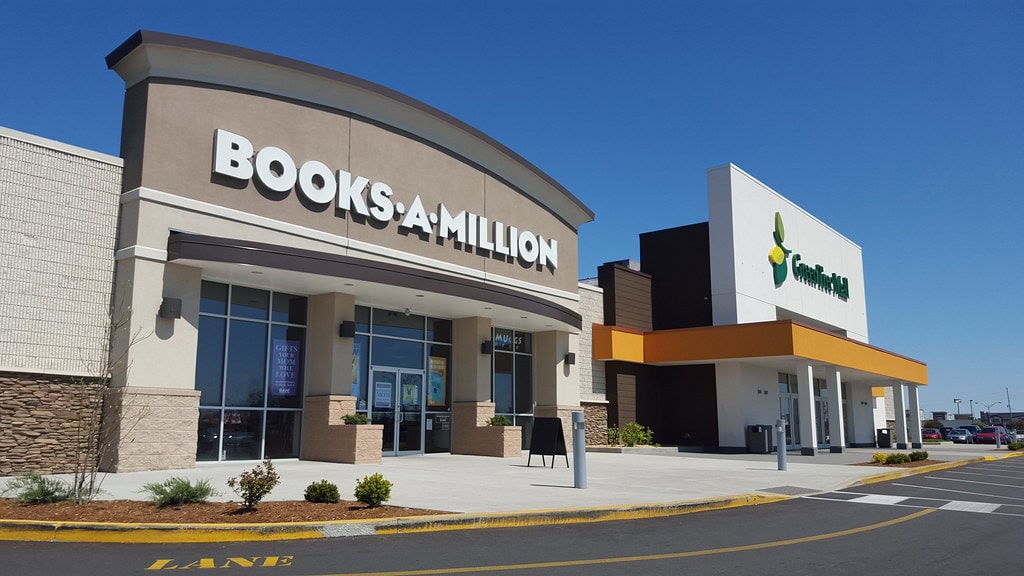
Anchor Replacements and Tenant Shifts
Ben Snyder's didn't last long as a brand inside Green Tree Mall. When Hess's acquired the chain, they opted out of repurposing the original spot. Instead, they built new.
The old Snyder's space turned into a food court, though the idea never stuck. A name change followed - Tumble Station - then a pivot again in 2016 when the area became a martial arts school.
JCPenney stayed in place. Sears held on until 2017, closing that October after its national downsizing was announced in July.
The space didn't sit idle for long. Furniture Fair eventually took over the former anchor spot, marking a clear reuse of the building footprint.
Dillard's now occupies what was once Hess's. That spot anchors the rear wing, a separate annex, and holds steady even through management changes.
While smaller specialty stores have come and gone, these anchor transitions reshaped how customers moved through the building. Foot traffic clustered, drifted, and re-centered.
For decades, the three-anchor format remained mostly untouched. Layout consistency became a draw for some. Others noticed when closures came without replacements.
But behind the glass doors, the anchor shifts told a quieter story - one where space mattered, even when it sat empty.
Renovation Contracts and Capital Improvements
Construction crews came in waves. First in the early 2010s and then again around 2014, when the owners of CBL Properties announced a major renovation.
Facades were stripped and rebuilt. New lighting replaced older fluorescents. Seating areas were added in common spaces, and restrooms saw full overhauls.
Development Management Associates managed the redesign. Nudell Architects supplied the renderings, and Pepper Construction took on the physical work.
It wasn't a gut job, but it was broad. Landscaping flanked entrances. Parking got restriped. Indoors, brighter finishes softened the older masonry.
The update also responded to smaller tenants' needs. Furniture, play zones, and Wi-Fi accessibility were all part of the pitch.
These weren't luxury additions - they were survival tactics meant to keep Green Tree Mall in play against newer retail developments nearby.
By 2016, another refresh targeted the entry points and common areas again. Mall walkers returned. A modest crowd followed, though the square footage remained unchanged.
Nearly 800,000 square feet still stretched from one end to the other, but the improvements reminded locals that someone still had plans for it.
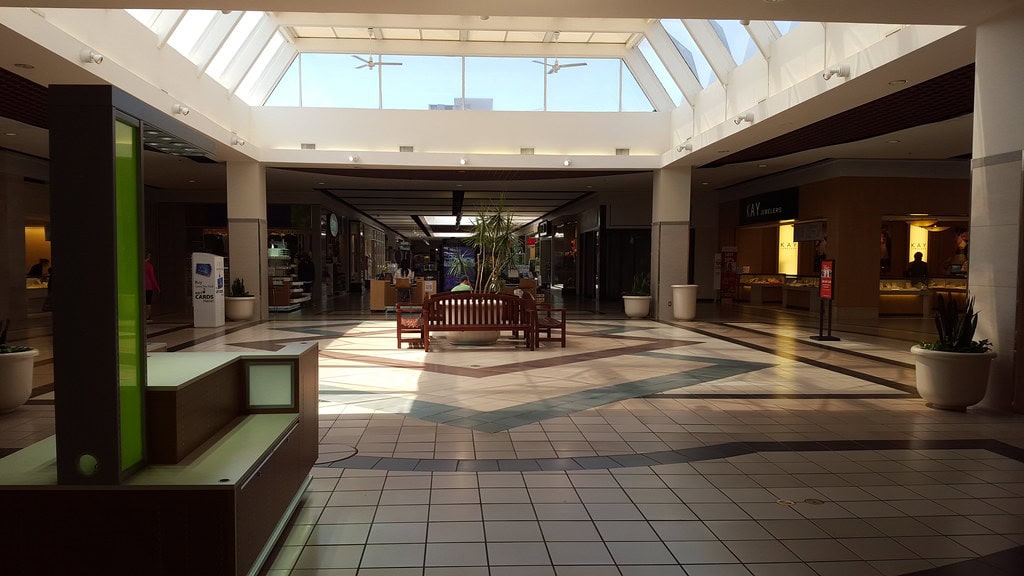
Acquisitions, Portfolio Swaps, and Ownership Changes
Ownership passed hands more than once, though most shoppers wouldn't have tracked it. Macerich took the mall in 1977.
They held it for decades through the rise of big-box offshoots and the retail pull from River Falls Mall nearby. Then, in June 2013, CBL Properties stepped in with short-term renovation plans and leasing resets.
By 2021, Centennial Realty picked it up. Less than two years later, another transaction closed. Namdar Realty finalized its purchase in 2023, according to the mall's site.
In that deal, Green Tree Mall joined a broader list of legacy malls absorbed under lower-cost maintenance portfolios.
Each shift reset strategy. CBL pushed upgrades. Centennial brought broader mall marketing tools. Namdar, known for lean overhead, opted for minimal structural intervention while keeping high occupancy targets in focus.
Retailers adjusted leases. Some stayed. Others left without a press.
The mall's branding stayed steady across it all. There were no name flips or public grand reintroduction campaigns. The tiles stayed the same. Foot traffic rose and fell around seasonal peaks.
But behind closed doors, ownership swapped hands, reshaped policies, restructured debt, and mapped out next quarters that didn't always show on the floor.
Lease Deals, Franchise Tenants, and Buildouts
Texas Roadhouse opened its first location here in 1993. It's still operating. Not relocated, not replaced.
Despite online speculation in 2025 about a potential move closer to Bubba's, an employee cut through the rumor plainly. That restaurant is a steady business.
Across the main corridors, chain stores continue to lease in. Bath & Body Works, At Home, Books-A-Million, Hot Topic, Maurices, and American Eagle sit on most directories.
Small operations, like the martial arts school that took over the failed food court in 2016, round out the tenant mix.
Others shift in and out quietly, showing up on new banners before disappearing again within a year.
The mix is anchored by familiarity. Retailers with multi-state presence, long lease cycles, and interior signage ordered years ago. Few franchises build new inside here now, but those that do aren't first-timers.
Event Hosting, Local Promotions, and Mall Programming
Green Tree Mall ran monthly events long before the decline in foot traffic brought programming into sharper focus.
Club Mom, held on the first Tuesday of every month, targeted younger children and their caregivers with entertainment in common spaces.
Kids Day ran similarly but with a broader draw and larger setups. Neither required heavy staging - just enough room for booths, music, and families looking to pass a few hours indoors.
In 2007, Green Tree Mall was chosen to host part of the U.S. Bank Derby Festival Great Balloonfest.
That would've made it the first-ever Kentucky Derby Festival event to take place in Indiana. But the weather canceled the launch before it could begin.
The planned balloons never inflated.
These were the kinds of tie-ins the mall leaned on through the 2000s. Partnerships mattered. Being close to Louisville, Green Tree Mall caught traffic from regional campaigns and event weekends, even when it wasn't directly involved.
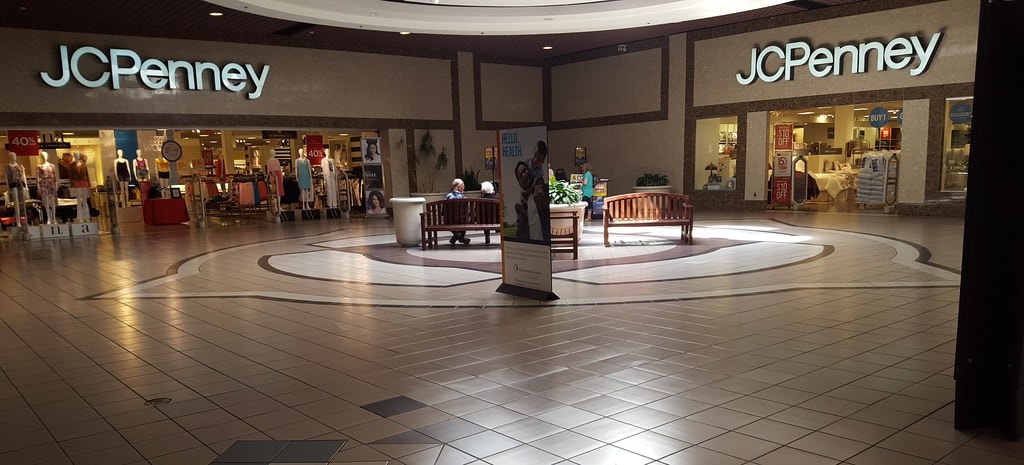
Commercial Pressures, Market Leaks, and Real Estate Drift
Green Tree Mall hasn't closed, but the retail around it has changed. River Falls Mall, once its nearest competitor, was gradually stripped down and rebranded into a power center.
What's left of that property hosts big box chains, with the old interior walkways removed or sealed.
By 2025, nearby projects like Clarksville Plaza started pulling commercial traffic even further.
Construction schedules posted for late 2024 into 2025 show a push toward modernized retail clusters - standalone pads, direct‑entry stores, and outdoor access lots.
All of it reshapes how customers circulate.
Inside Green Tree Mall, adjustments came quietly after 2020. Before the pandemic, doors opened early, sometimes before 9 am, giving mall walkers space before work hours.
That changed during COVID restrictions and never reversed. By January 2023, reviews confirmed a delayed opening at 10 am, locking out early walkers.
As of June 2025, the mall lists its current hours as 11 am to 11 pm Monday through Saturday and noon to 6 pm on Sunday. The shift stretches closing time deep into the evening but doesn't restore early access.
Those changes have redrawn the daily rhythm of the building, less about routine walkers and more about late-day foot traffic and evening business.
🌿

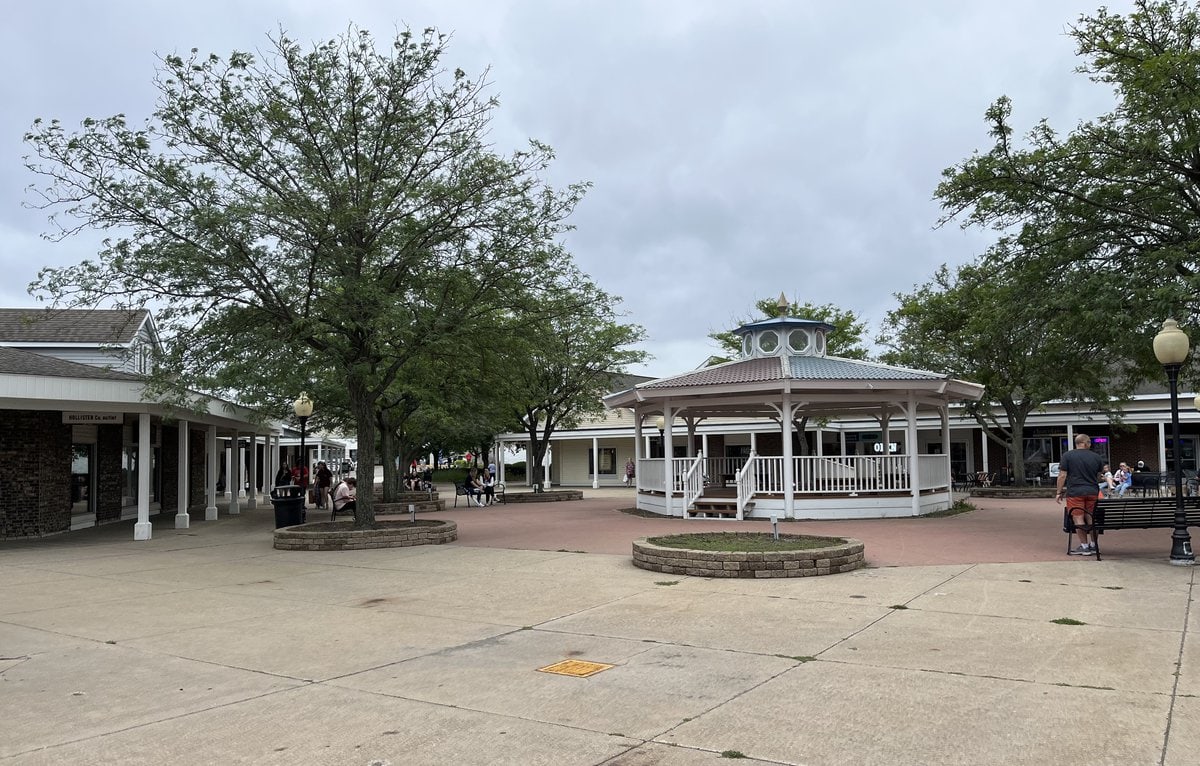
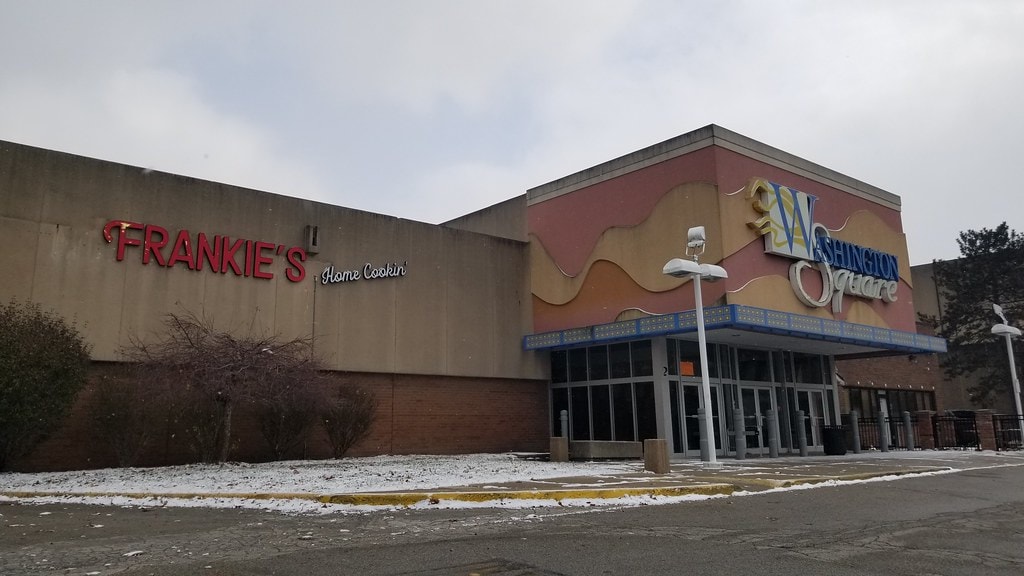
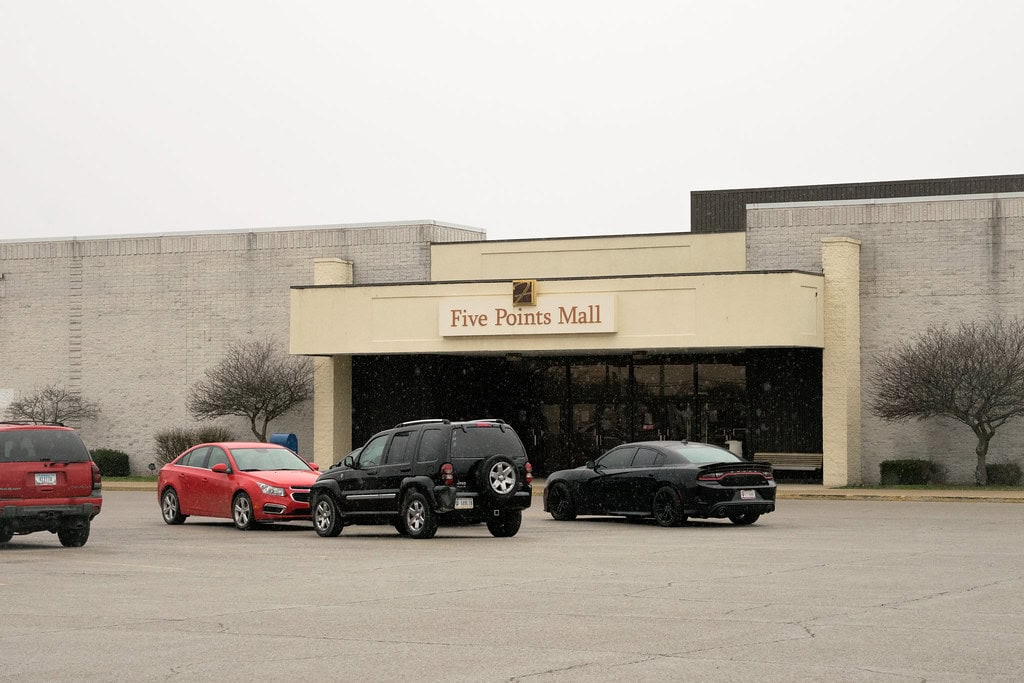
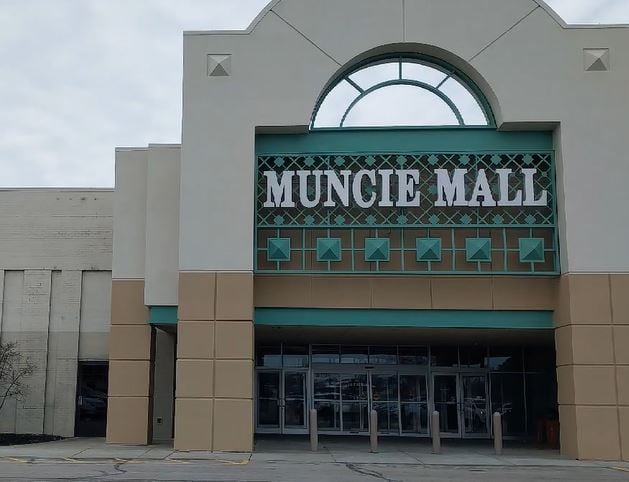



There are no electric carts for handicap shoppers so do not even try to shop there and spread the word so that others know. A definite sign of financial instability.
Thanks for highlighting the need for electric carts at Green Tree Mall. Shopping centers must be accessible to everyone, including those with mobility challenges.
Putting government service offices in malls would solve many problems. It would make access to government services more convenient to the public, reduce/eliminate vacant store space, and increase foot traffic.
Thanks for sharing your thoughts! Placing government offices in malls sounds like a win-win situation – more convenient access for the public and revitalization of mall areas.
As a kid we lived about 40 miles away from Clarksville. So, I only got to go to the Greentree Mall about a half dozen times a year and we loved going to the Greentree Mall. As an adult I now live in Clarksville, IN and I go to the Greentree Mall all the time. I do miss the food court for the easy access to food without leaving the mall, but there are a lot of good restaurants in Clarksville. I hope and pray the mall never closes.
If Greentree hangs on, it'll be because of regulars like you - not tourists or novelty-seekers, but people who make it part of their week. That loyalty matters.